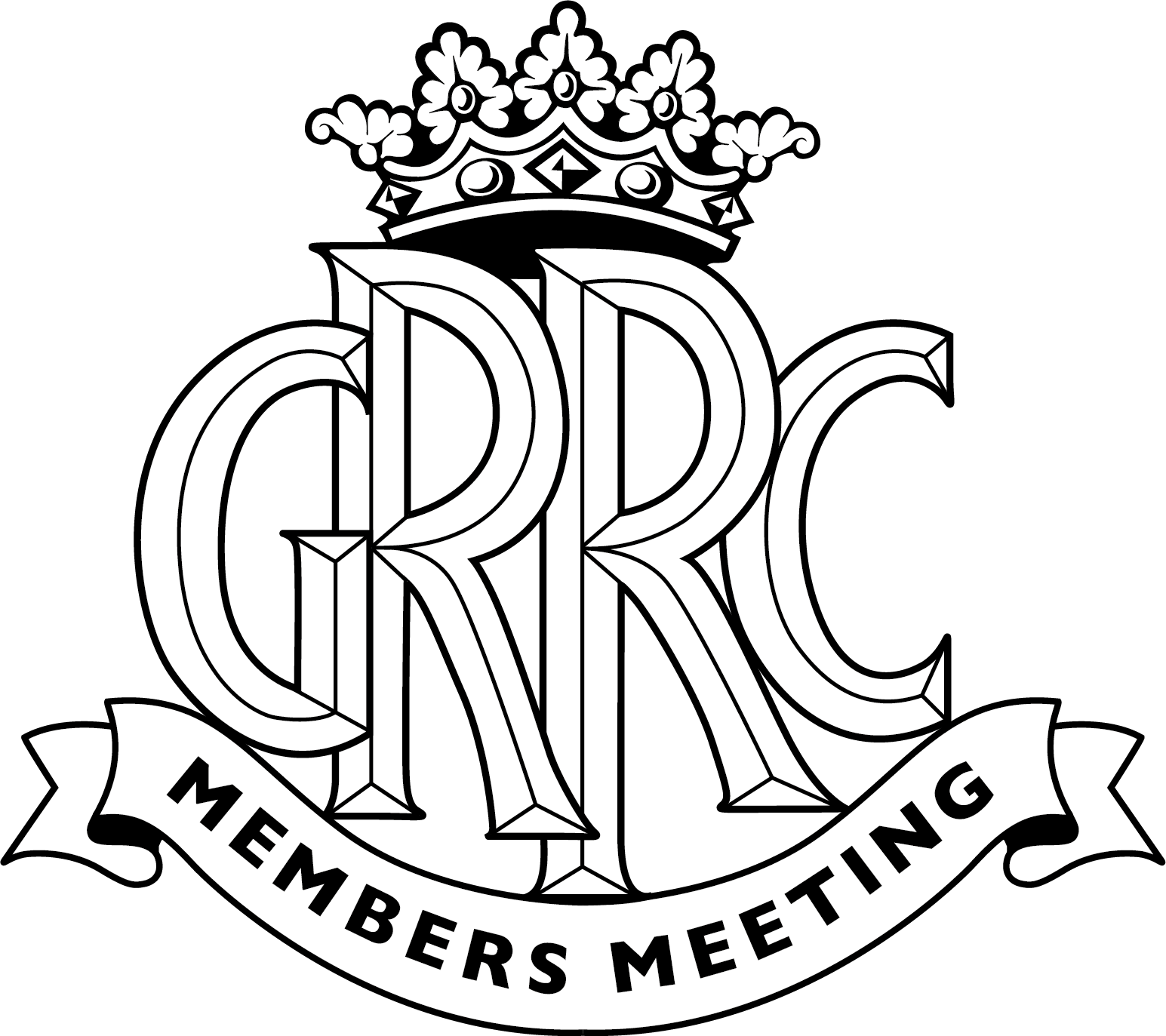OPINION: The Audi R8 was the most significant supercar of the last 20 years
Audi’s groundbreaking R8, the car that shook up the sportscar and supercar market on its debut some 17 years ago, is no more. The last car has been produced at Audi’s Böllinger Höfe factory, with the Vegas Yellow example headed for the Audi Tradition collection. For my money, it represents the end of the most important supercar, or possibly even the most important performance car, of the last 20 years.

In its 17 years on sale the R8 has evolved from a rival to a Porsche 911 Carrera, to a full-on supercar, with the second generation of 2014 squaring off with the Porsche 911 Turbo. Though its performance envelope and character developed and got more serious over the years, the R8 never lost what made it truly a unique offering in the marketplace: infallible accessibility and usability.
It defined attainable upward mobility while democratising supercar glamour, forcing segment stalwarts into rounding the hard edges off their products. The Ferraris and Lamborghinis of today – even some hypercars of today – would not be as usable as they are if not for the precedent the R8 set. It fundamentally and permanently changed the fast car landscape.
That’s arguably the R8’s greatest legacy, though it does leave behind an incredible endurance racing career – it’s a five-time Nürburgring 24 winner, no less – and indeed, leaves Audi’s dealers on good terms as a halo model that justified its presence in the lineup, by actually selling as well as drawing people into showrooms. As of this car leaving the production line, some 44,418 R8s have been produced. That beats the production runs of the Lamborghini Gallardo and Huracan – cars both R8s were twinned with – combined, which add up to about 37,000 over the last 21 years.
The car that represents the end of the Audi R8’s story will be joining, among other examples, the car that began it. The Le Mans Concept of 2003 pre-dated the R8 nomenclature – indeed it was rumoured at the time that the production version would be called R9 – but still very much set the tone for what was a paradigm-shifting design.
So what’s next? Well, not another R8, of that we’re fairly sure. Audi has been rumoured to be cooking up an all-electric super sportscar for some time, to take the R8’s place at the head of its lineup without actually taking its name. While an electric supercar is a fitting product for Audi to make, it’s right to us that the R8’s screaming, naturally-aspirated internal combustion legacy should be respected by the name being rested.
The e-tron prototypes did tease the potential for a battery-powered R8 in both generations but Audi quickly concluded in both instances the time wasn’t right, both in terms of the maturity of the technology and market demand. That’s very on-brand for the R8 too, actually. Forward-thinking, but measured and considered in its approach.
Audi also toyed with diesel power for the R8, with the V12 TDI concepts teasing a version of its supercar powered by a 12-cylinder diesel engine derived from that used in its Le Mans-winning R10 LMP1 car. Issues with getting all that torque through the R8’s slightly-too-delicate gearbox, paired with the financial crash of 2008, put paid to that idea. Given what controversies befell the VW group and its approach to diesel in the following years, it’s perhaps best this particular diesel dalliance didn’t come to fruition – an amusing footnote in the R8’s story, nonetheless.
Other significant variants throughout the R8’s life include of course the Spyders – which in both instances popped the top and ruined the driving position, thanks to the reprofiled firewall – hardcore GTs, the laser light-touting LMX, the slightly self-congratulatory ‘Decennium’ and the enthusiast favourite, the RWD.
Our favourite? Nothing beats that original 4.2-litre V8 with the gated manual transmission. Damned-near perfection that by all accounts, was only diluted in the upgraded V10 version, subsequent variants and generations.
Audi
R8
Road
News









































































